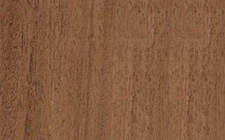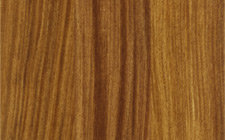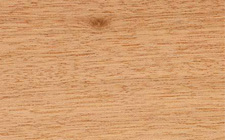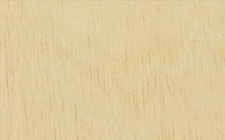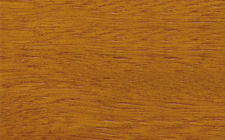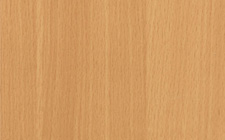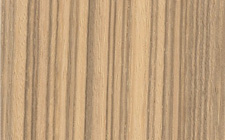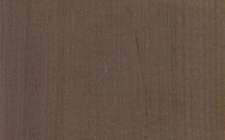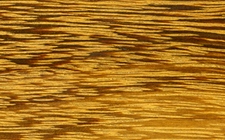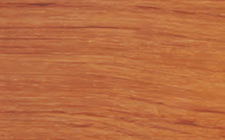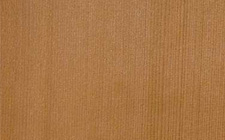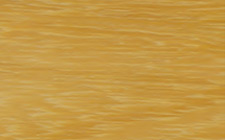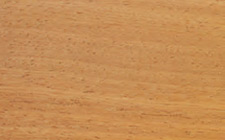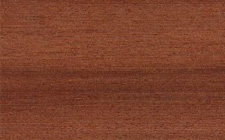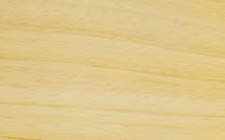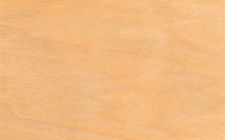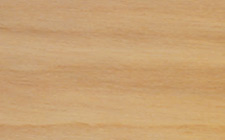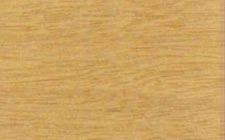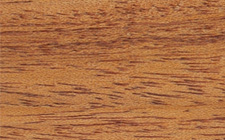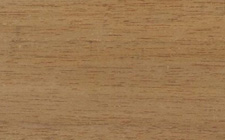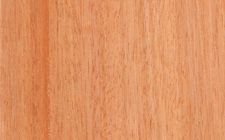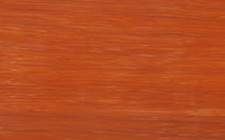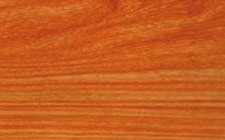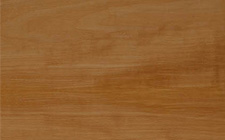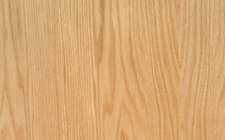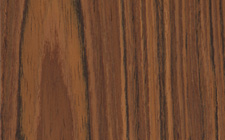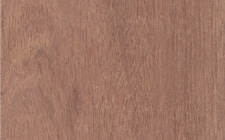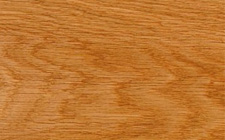Poplar (European)
Botanical name
Populus spp.
Origin
Europa
Other names
Pappel, Peuplier, Alamo, Pioppo, Cottonwood
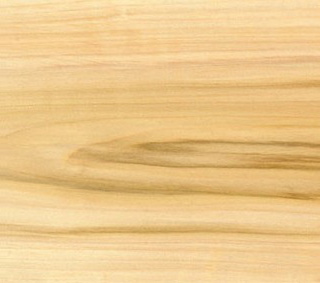
Notes
POPLARS come from the temperate area of the northern hemisphere. They have a rapid growth and numerous outlets. These characteristics point them out as planted trees far from their original growing area. For these plantations, several cultivars are used (variety obtained by culture).
WOOD DESCRIPTION
| Color: |
white |
| Sapwood: |
not demarcated |
| Texture: |
fine |
| Grain: |
straight |
| Interlocked grain: |
absent |
| Note: |
Wood is white, often greyish or very pale brown. Sapwood is not much separate to not separate at all according to species. Grain is sometimes slightly wavy. |
PHYSICAL, MECHANICAL AND ACOUSTIC PROPERTIES
|
(*: at 12% moisture content, with 1 MPa = 1 N/mm²)
|
||||||||||||||||||||||||||||||||||||||||
NATURAL DURABILITY AND TREATABILITY
| Funghi (according to E.N. standards): |
class 5 - not durable |
| Dry wood borers: |
heartwood durable but sapwood not clearly demarcated |
| Termites (according to E.N. standards): |
class S - susceptible |
| Treatability (according to E.N. standards): |
class 3 - poorly permeable |
| Use class ensured by natural durability: |
class 1 - inside (no dampness) |
| Species covering the use class 5: |
No |
| Note: |
This species is listed in the European standard NF EN 350-2. Heartwood permeability to preservative products is variable, that of sapwood is variable too but good. |
SAWING, MACHINING AND ASSEMBLING
| Blunting effect: |
normal |
| Sawteeth recommended: |
ordinary or alloy steel |
| Cutting tools: |
ordinary |
| Peeling: |
good |
| Slicing: |
nood |
| Note: | Tools must be tightly sharpened otherwise the sawed or cutted surfaces may be fuzzy. |
| Nailing / screwing: |
good |
| Gluing: |
correct |
| Note: |
Low tendancy to split when nailing, rather absorbing when gluing. |


